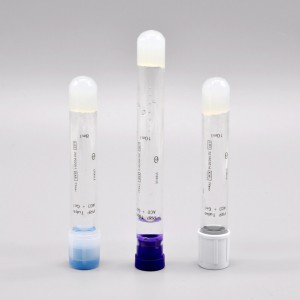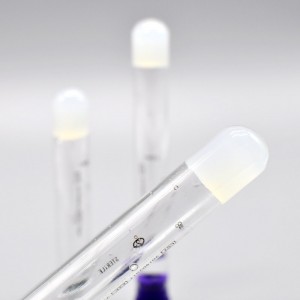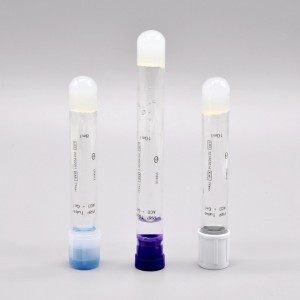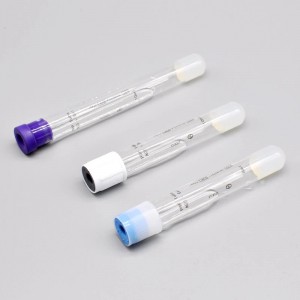PRP Tube Collection
Short Description:
Product CE Certified. Features Special vials to generate high concentration PRP in one centrifugation. They contain ACD anticoagulant as well as a special inert gel that separates PRP from red and heavy blood cells for easy and safe PRP intake.
PRP for spinal tissue injury:
Tissue injury can be acute or chronic. An acute injury is often a result of a sudden traumatic event resulting in a strain, sprain, or tear in a muscle or ligament. Chronic injuries are usually caused by repetitive stress or are a result of degenerative changes. The resulting inflammation, in either case, produces muscle pathologies, tendinopathies, and subsequently, chronic pain. Whatever the mechanism or mode of injury is, the primary response of the body is similar. The first event is hemostasis, followed by inflammation, cellular proliferation, and remodeling or tissue modification.
PRP consist of large amounts of platelets that promote rapid tissue healing. The various growth factors and cytokines present in platelets allow them to be one of the most effective responders to tissue injury. Allowing the numerous platelets to enter the damaged area, where they may not be able to reach naturally in many cases, produces desired effects rapidly. The growth factors in platelets correspond to all the phases of the body’s primary response. The platelets form the initial clog acting as a hemostat. The VEGF promotes angiogenesis, allowing the appropriate inflammation to occur in the desired way. TGF-b and FGF cover the inflammatory destruction by promoting cellular proliferation. The other growth factors then allow rapid modification and thus rapid recovery and restoration of the function.
PRP stimulates the injured area and starts the processes of proliferation, recruitment, and differentiation, initiating reparation. Subsequent release of growth factors like VEGF, EGF, TGF-b, and PDGF contributes to improving the integrity of the damaged tissue. The formation of cellular and extracellular matrix supports the destructing intervertebral disc, and thus, mitigates the disease severity.








